To many, veganism is a modern concept. Yet most cultures have within their culinary repertoire a rich diversity of plant-based food. They’re just not labelled as such. Often, these dishes are products of religion and Shojin Ryori, the Japanese Buddhist temple cooking, is one such example.
Since many buddhist monks don’t consume any animal products, they have long developed other natural ways to savour rich textures and flavours. Goma Dofu is often considered one of the pinnacles of Shojin Ryori. Traditionally, the sesame paste and kuzu starch would be ground by hand. It’s a process that takes several hours, but teaches the practicing monks virtues such as kansha, an appreciation for the very efforts it takes to produce these foods.
But even by making a dish like this with a few shortcuts, we will forever change our perspective towards it. Because once you’ve prepared it yourself, you will always remember the steps you took to make it. So next time you eat it, be it at home or while travelling Japan, you will recall those moments with a new sense of appreciation.
Goma Dofu is traditionally eaten with a dash of soy sauce and a dab of wasabi. The creamy tofu together with the pungent wasabi and umami-rich soy sauce makes a sensational, appetite-awakening combination that instantly leaves you craving the next bite.
Substitutes
If you have a powerful blender at home (I used my Vitamix E310), it’s easy to make your own sesame paste. But you can also use store-bought Nerigoma (Japanese sesame paste), Chinese sesame paste or even tahini. Instead of Kuzu, you can use other starches like tapioca starch, potato starch or cornflour.
Storage
Refrigerate the leftover tofu in an airtight container for 2-3 days.
serves 4
Ingredients
Nerigoma
-
300g sesame seeds (optional)
-
1/3 tsp salt
Goma Dofu
-
50g kuzu powder (or another starch like potato starch or cornflour)
-
500 ml water
-
150g nerigoma* (from above or store bought)
-
Wasabi for serving
-
Soy sauce for serving
*Nerigoma is a Japanese sesame paste, but it might be tricky to get. You can also use Chinese sesame paste or even tahini.
Method
To make your own sesame paste, lightly toast the sesame seeds for 5-10 minutes until they begin to look oily and turn golden. Tip them into a bowl and let them cool off slightly, then add them to a blender (I used my Vitamix E310) along with the salt and process until smooth. This might take 3-5 minutes, but if your blender isn’t powerful enough, try adding 1 tbsp of sesame oil at a time until it comes together. Then pour the sesame paste into a jar and cover with a lid. This makes a larger batch than what you need for the recipe, but you can store it at room temperature for several months and use it in any recipe that asks for sesame paste or tahini.
To make the Goma Dofu, add the kuzu powder to a saucepan and pour in the water. Whisk well to combine, then whisk in the nerigoma and a pinch of salt. Place the pan over medium heat and whisk constantly. After a few minutes, the liquid will begin to thicken. Turn the heat to low, change to a spatula and keep stirring vigorously as it thickens further until it has turned from runny to creamy to the consistency of a warm pudding. Stirring vigorously is important, because otherwise the liquid will stick to the bottom of the pan and burn. You should be able to leave a trail when you scrape over the bottom of the pan. Once that’s the case, cook the tofu for 5 more minutes while stirring, then turn off the heat.
Wet the inside of a mould with a bit of water and pour in mixture. Smoothen out the top and tap the mould onto the counter a few times to get rid of any air bubbles. Then dribble a tablespoon of water over the top of the tofu to avoid it from drying out. Let it cool down for 10 minutes, then refrigerate it for just 30 minutes or until completely set.
Remove the Goma Dofu from the mould and cut it into four equal pieces. Serve each piece with a little bit of wasabi and a dash of soy sauce.
Storage: Refrigerate the leftover tofu in an airtight container for 2-3 days.
**I receive a small commission from affiliate links on this page**
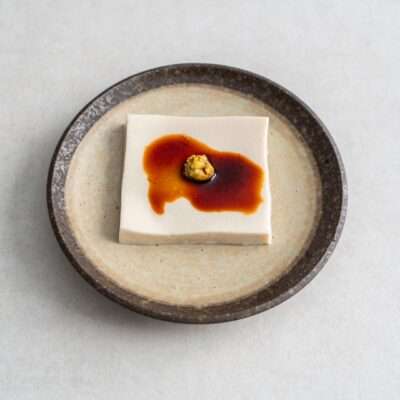
Sesame Tofu (Goma Dofu)
Ingredients
Nerigoma
- 300 g sesame seeds (optional)
- 1/3 tsp salt
Goma Dofu
- 50 g kuzu powder (or another starch like potato starch or cornflour)
- 500 ml water
- 150 g nerigoma* (from above or store bought)
- Wasabi for serving
- Soy sauce for serving
Instructions
- To make your own sesame paste, lightly toast the sesame seeds for 5-10 minutes until they begin to look oily and turn golden. Tip them into a bowl and let them cool off slightly, then add them to a blender (I used my Vitamix E310) along with the salt and process until smooth. This might take 3-5 minutes, but if your blender isn’t powerful enough, try adding 1 tbsp of sesame oil at a time until it comes together. Then pour the sesame paste into a jar and cover with a lid. This makes a larger batch than what you need for the recipe, but you can store it at room temperature for several months and use it in any recipe that asks for sesame paste or tahini.
- To make the Goma Dofu, add the kuzu powder to a sauce pan and pour in the water. Whisk well to combine, then whisk in the nerigoma and a pinch of salt. Place the pan over medium heat and whisk constantly. After a few minutes, the liquid will begin to thicken. Turn the heat to low, change to a spatula and keep stirring vigorously as it thickens further until it has turned from runny to creamy to the consistency of a warm pudding. Stirring vigorously is important, because otherwise the liquid will stick to the bottom of the pan and burn. You should be able to leave a trail when you scrape over the bottom of the pan. Once that’s the case, cook the tofu for 5 more minutes while stirring, then turn off the heat.
- Wet the inside of a mould with a bit of water and pour in mixture. Smoothen out the top and tap the mould onto the counter a few times to get rid of any air bubbles. Then dribble a tablespoon of water over the top of the tofu to avoid it from drying out. Let it cool down for 10 minutes, then refrigerate it for just 30 minutes or until completely set.
- Remove the Goma Dofu from the mould and cut it into four equal pieces. Serve each piece with a little bit of wasabi and a dash of soy sauce.



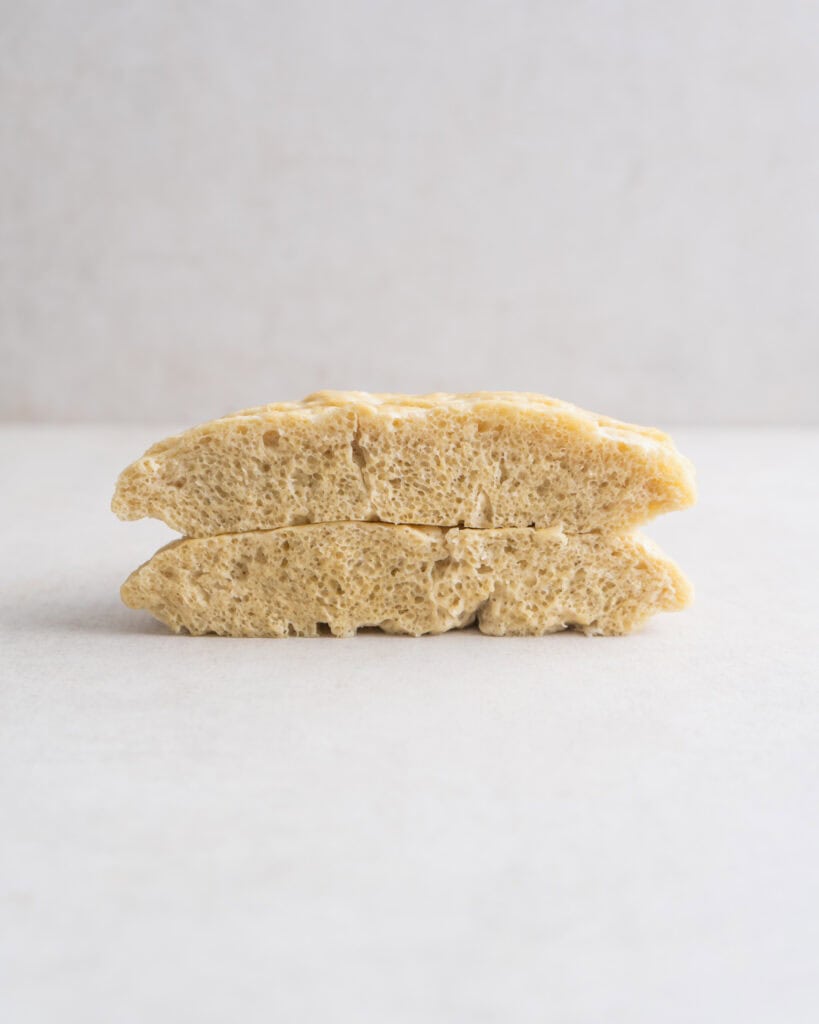
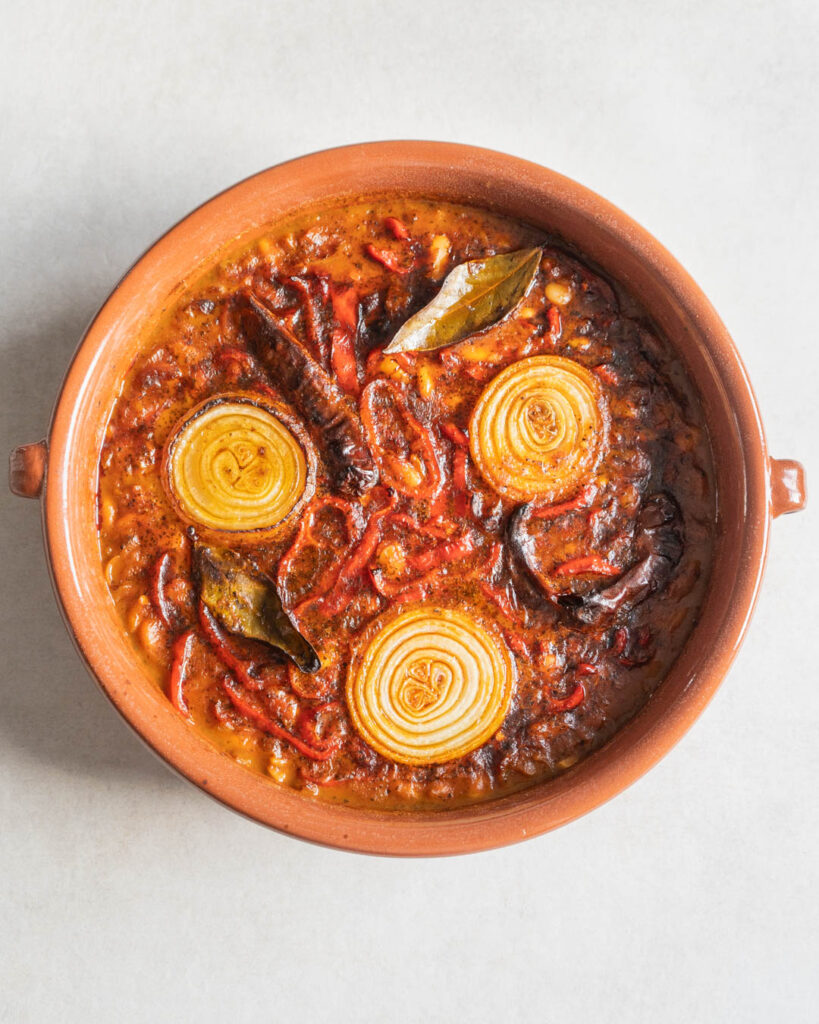
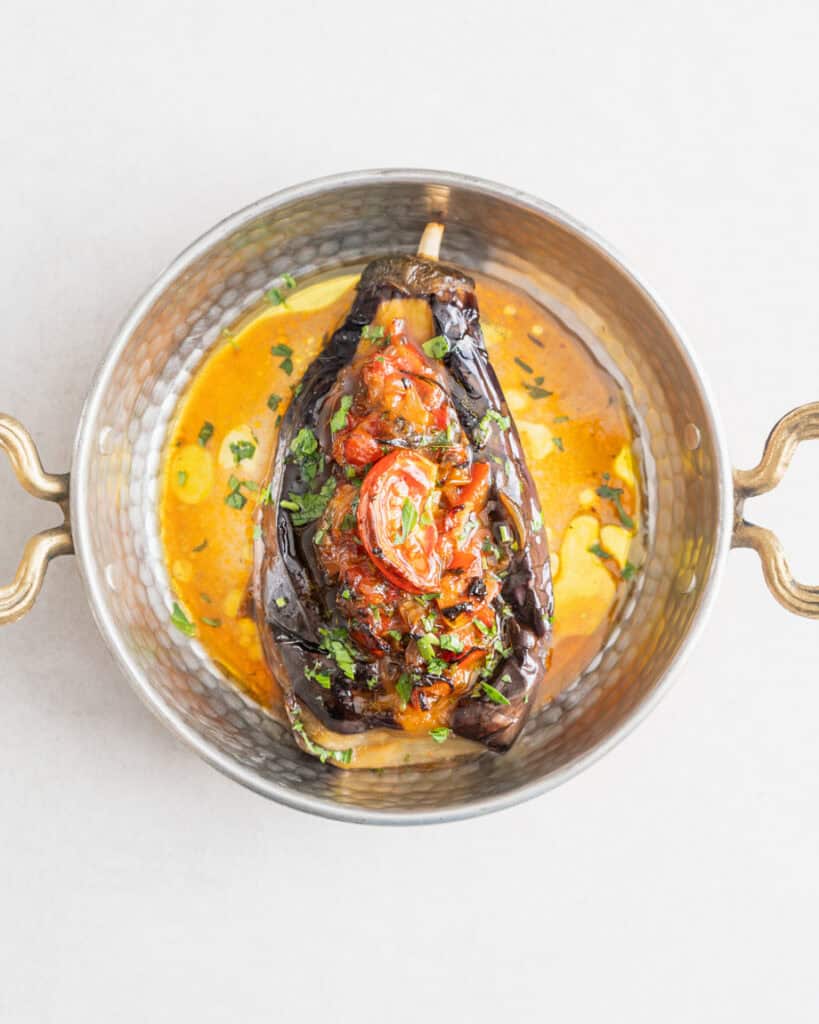
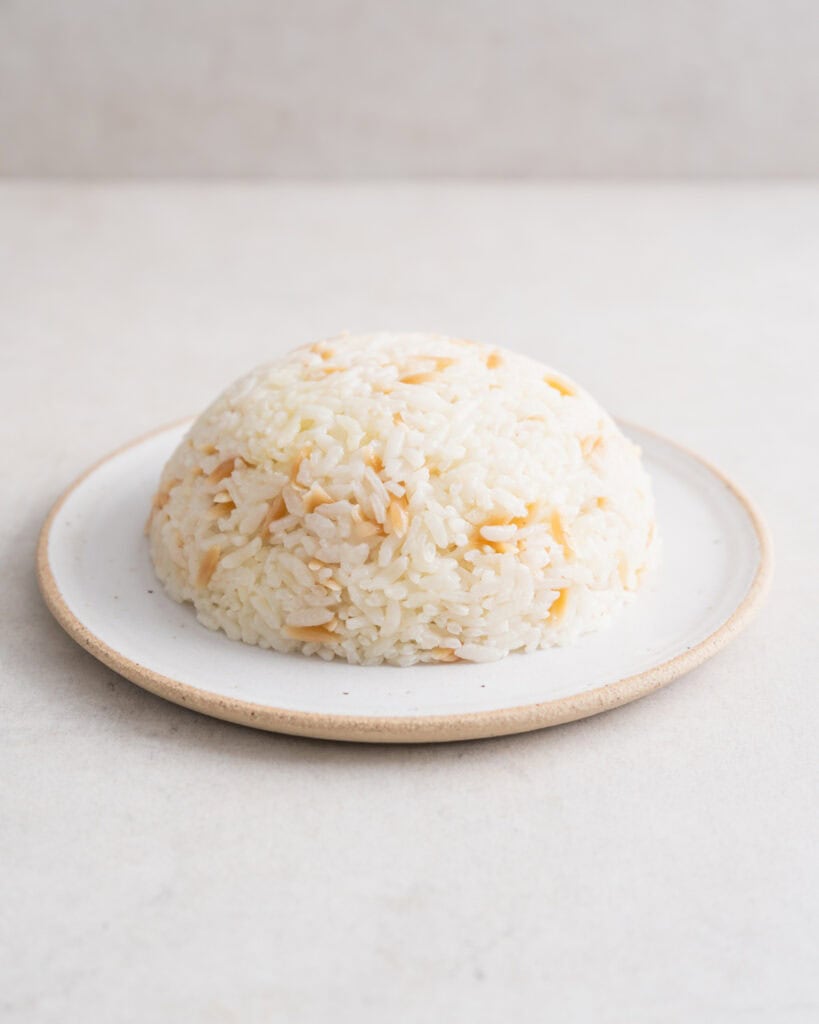




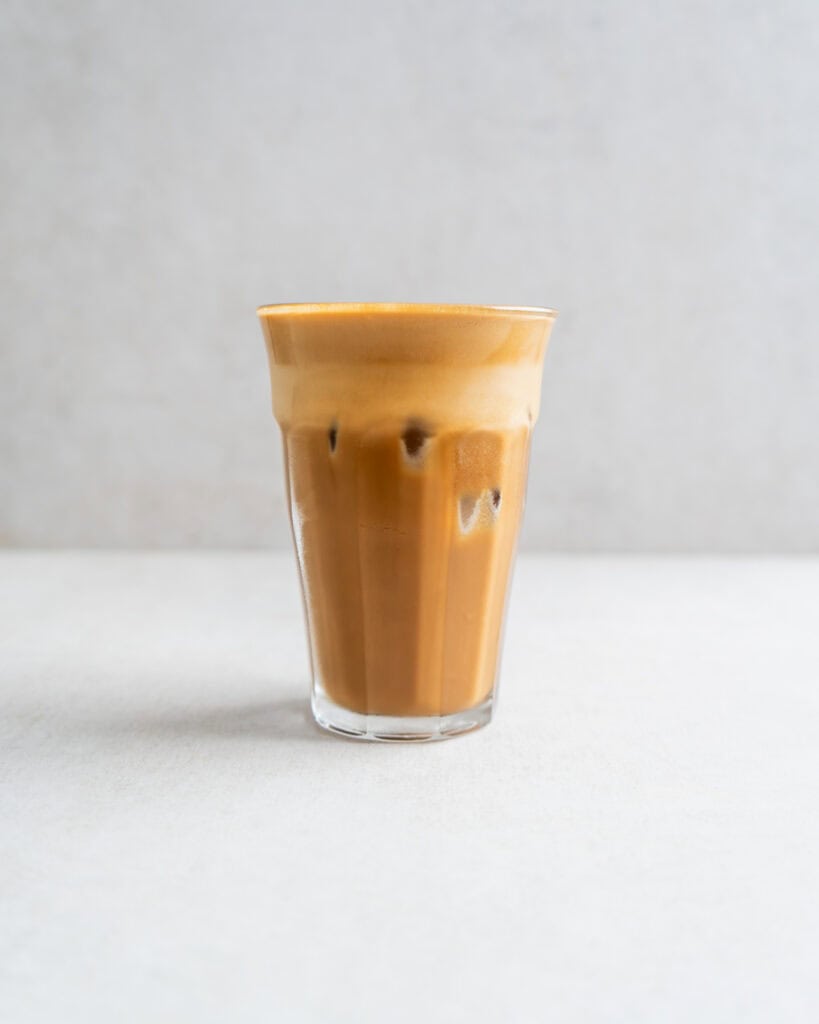
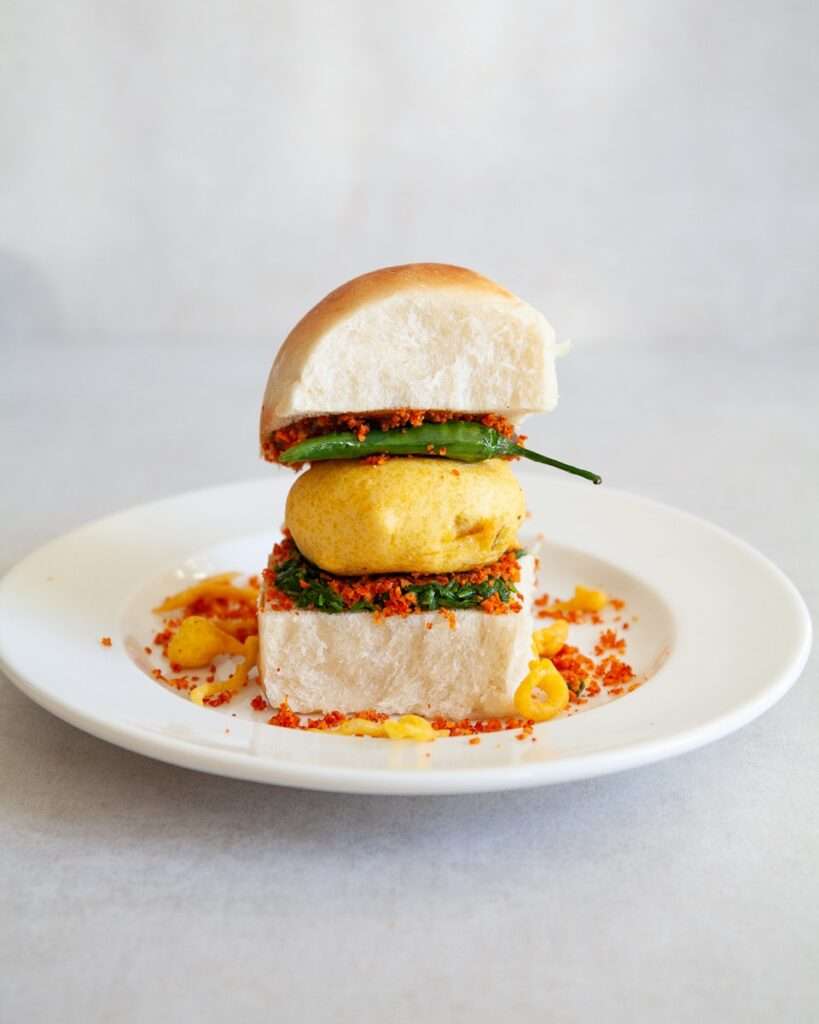
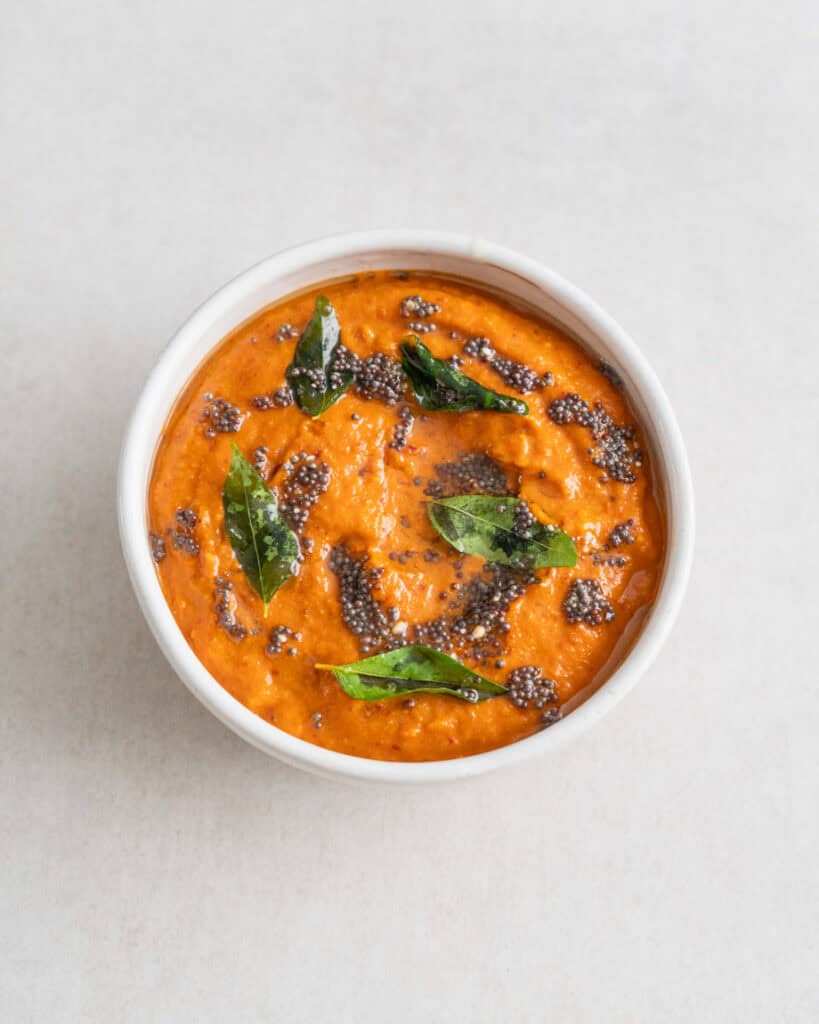
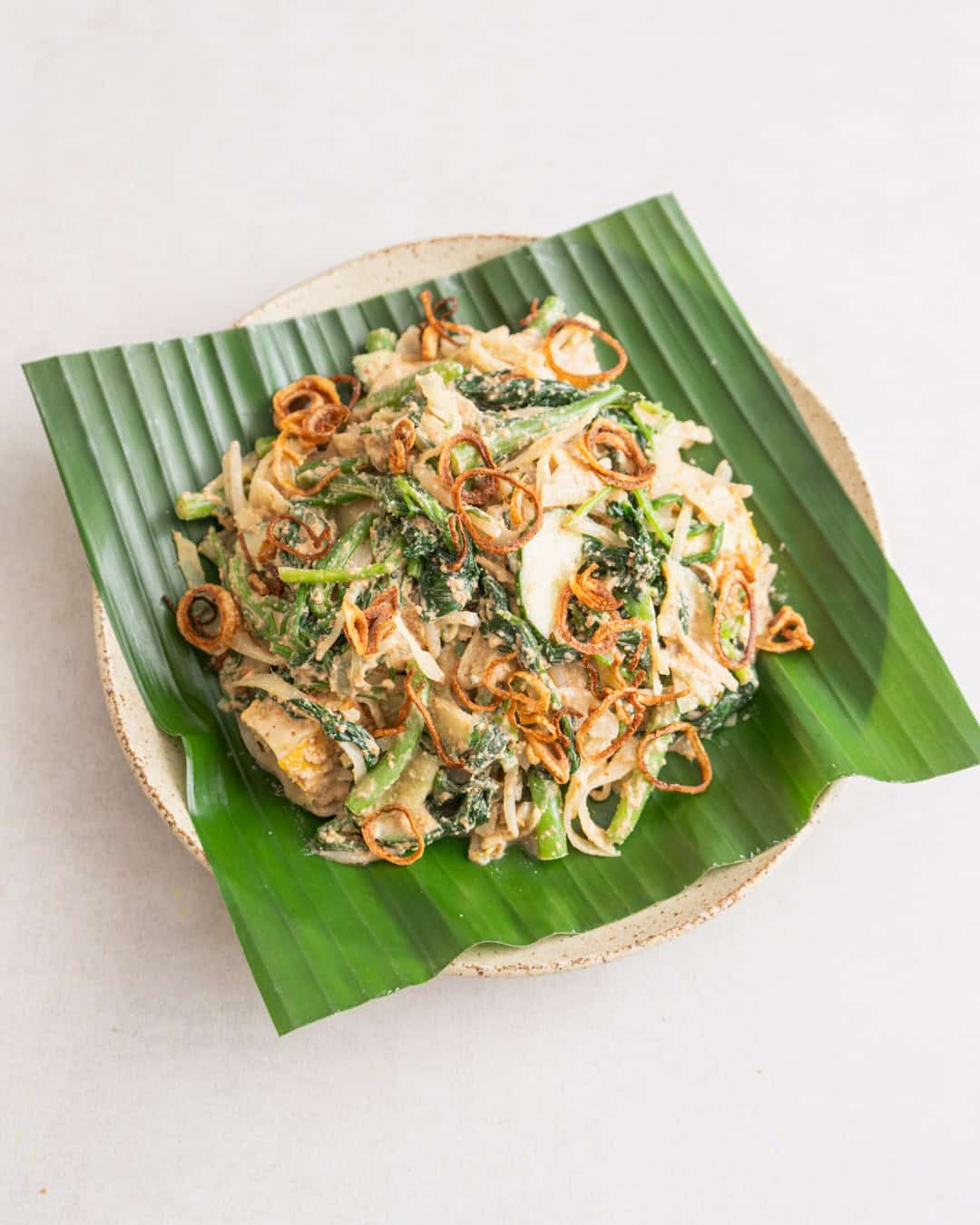
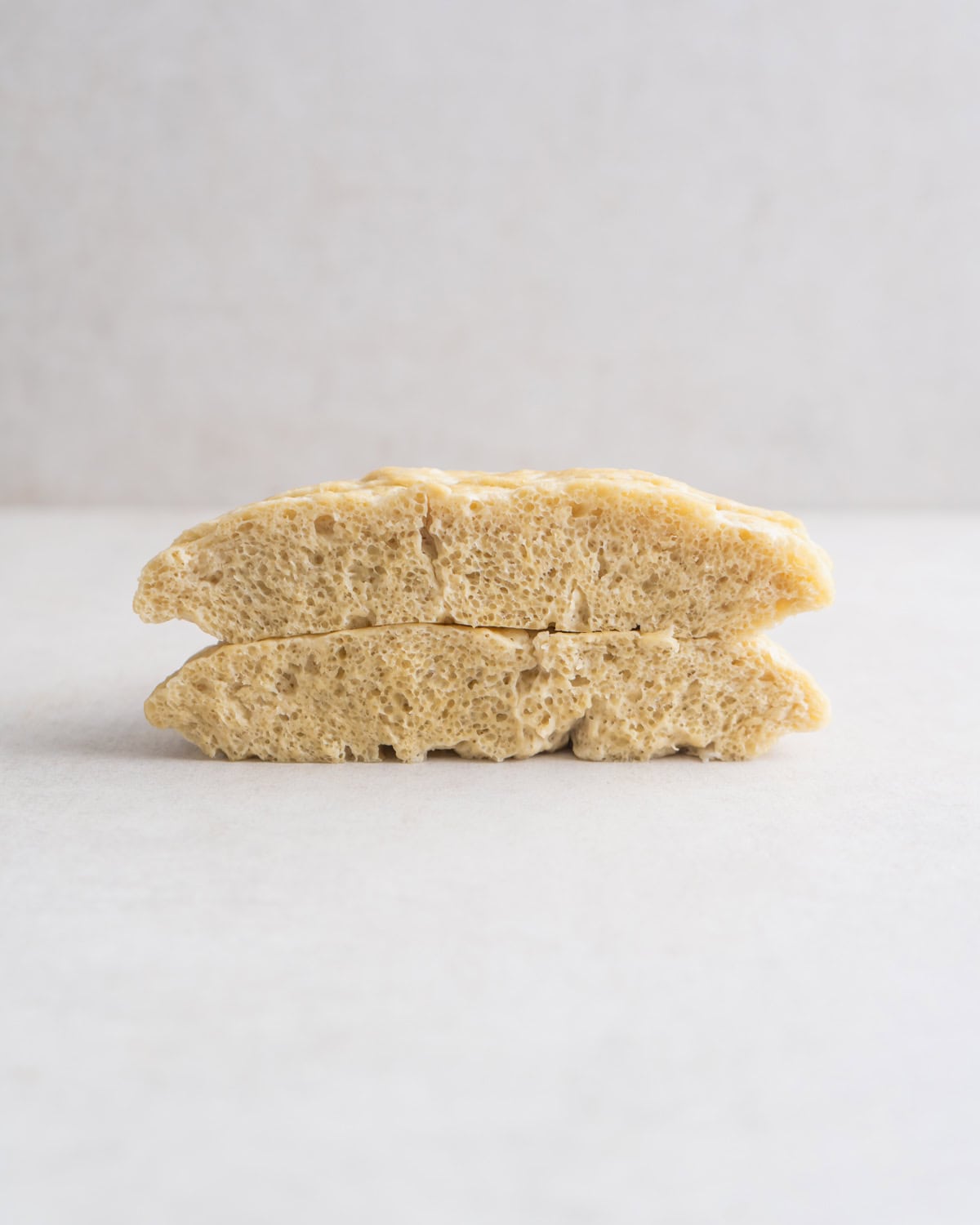

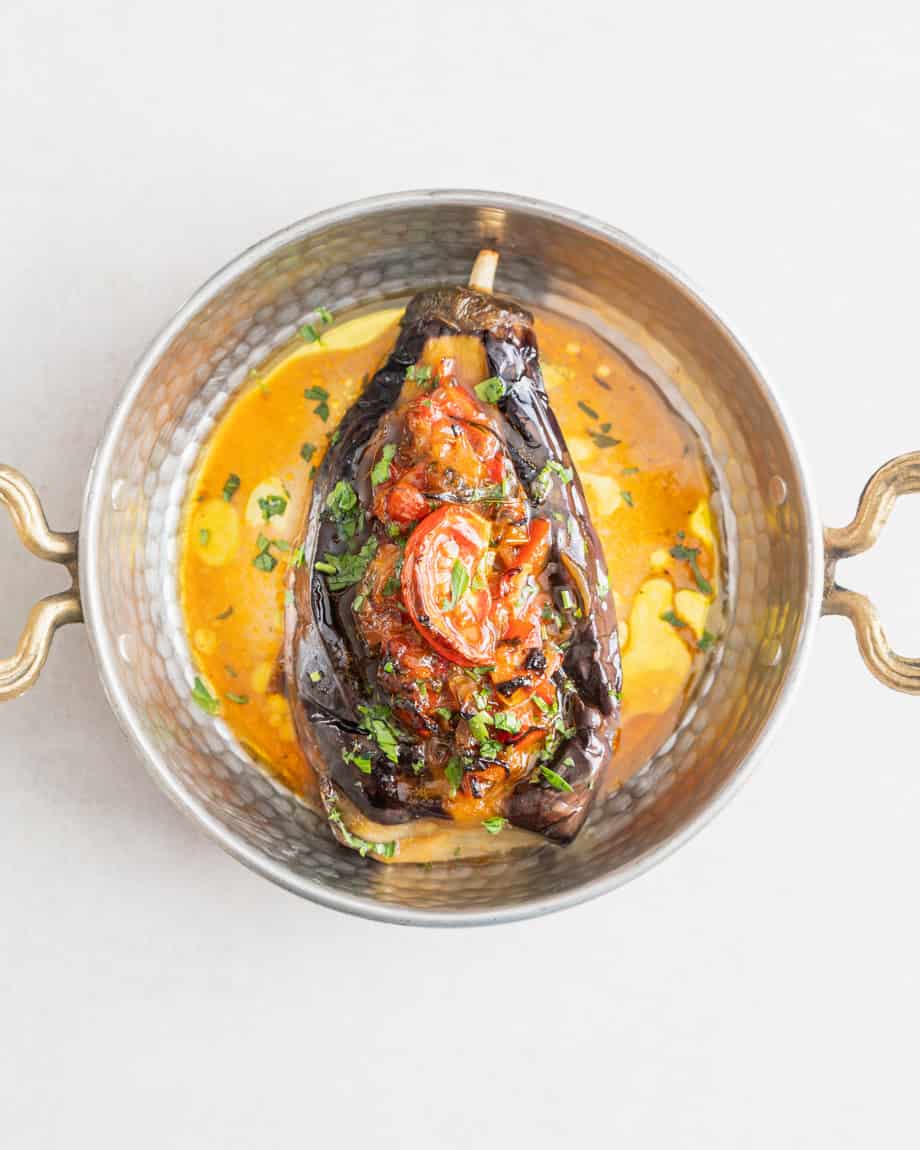

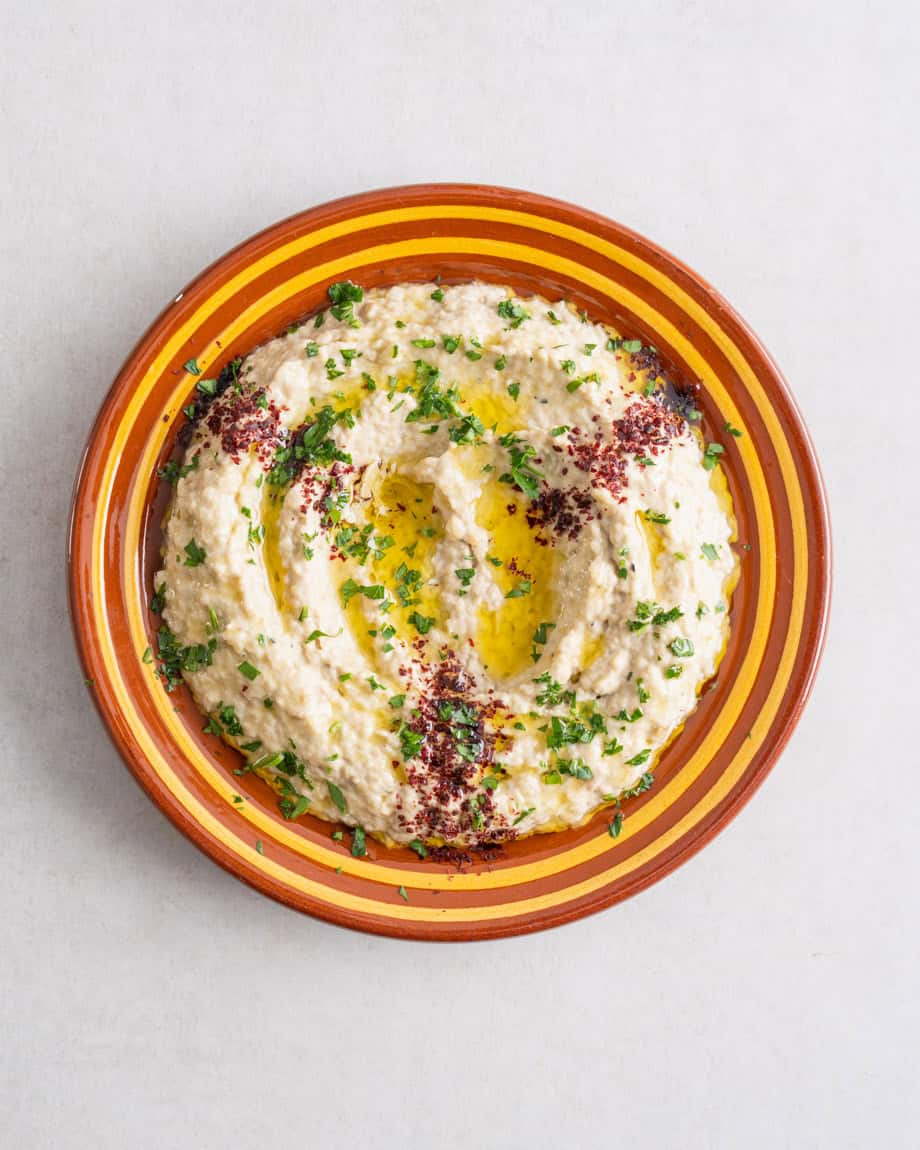
nutritional value?
I unfortunately don’t calculate this at the moment. Will hopefully add the specs soon.
I had to use some of the 500 mL of water to blend, and that helped get the sesame seeds smooth. It was a fun recipe to try and the cooking instructions were super easy to follow. Thanks for sharing!
I’m glad it worked out that way! Adding water might cause the seeds to seize at first, so you’ll have to add quite a lot to make it work. Adding oil, 1 tbsp at a time, should help the blender to break the seeds down into a seed butter (tahini) much quicker.